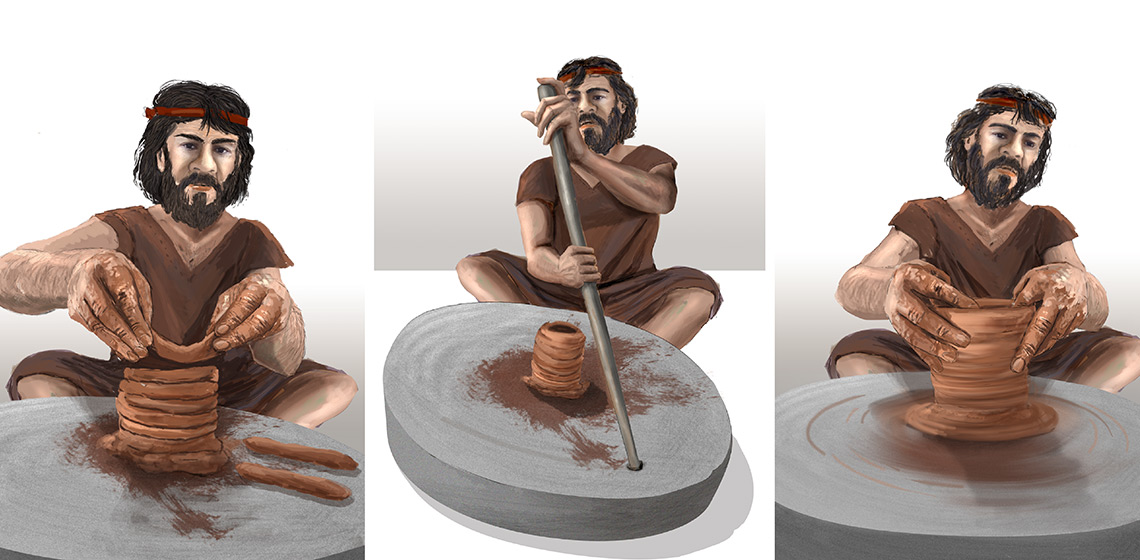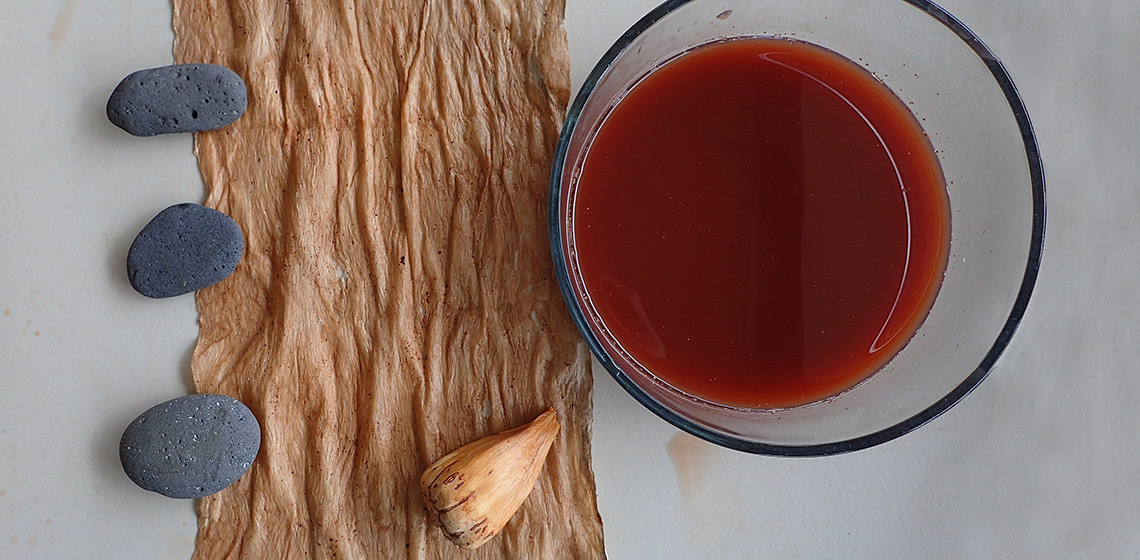Featured in the EXARC Journal
Ancient Technology
Bast, Ferns, and Mud: Experimental Recreation of a Kapa Kaha (Barkcloth)
***Kapa (Hawaiian barkcloth) was the ubiquitous fabric of historic Hawaiʻi, used for everything from clothing to bedding, from swaddling newborns to enshrouding the deceased, and all things in between. This textile is crafted from the bast (inner bark) of several plant species...















